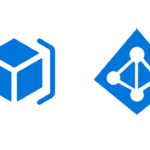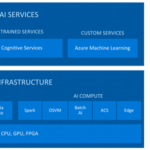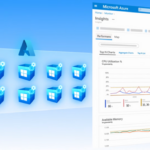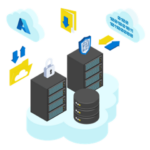how to create and run a virtual machine in Azure

Creating a virtual machine (VM) in Microsoft Azure is an easy process that allows you to run a fully functional computer within the cloud. This article will walk you through the steps to create a VM in Azure, from setting up your account to configuring the VM settings. 1. Prerequisites Before creating a VM in Azure, ensure you have the…
What are Resource Groups in Microsoft Azure?

In Azure, a resource group is a logical container that holds related resources for an Azure solution. Resource groups help you manage and organize your Azure resources by enabling you to manage them as a single entity with common lifecycle policies, permissions, and tags . When you create resources in Azure, such as virtual machines, storage accounts, and virtual networks,…
How Microsoft Azure Leverage Artificial Intelligence ( AI )

Microsoft Azure offers a variety of AI services and tools that allow developers to build intelligent applications using machine learning, natural language processing, computer vision, and other AI technologies. Here are some examples of how Microsoft Azure leverages AI: Azure Cognitive Services: Azure Cognitive Services is a suite of AI services that allows developers to easily add pre-built AI capabilities…
What is Application Scaling in Microsoft Azure

Scaling in Azure involves increasing or decreasing the resources allocated to your application to meet changing demands. Azure offers several options for scaling your application, including vertical scaling, horizontal scaling, and auto-scaling. Vertical Scaling: In vertical scaling, you increase or decrease the size of the virtual machine (VM) that your application runs on. This can be done manually or programmatically,…
